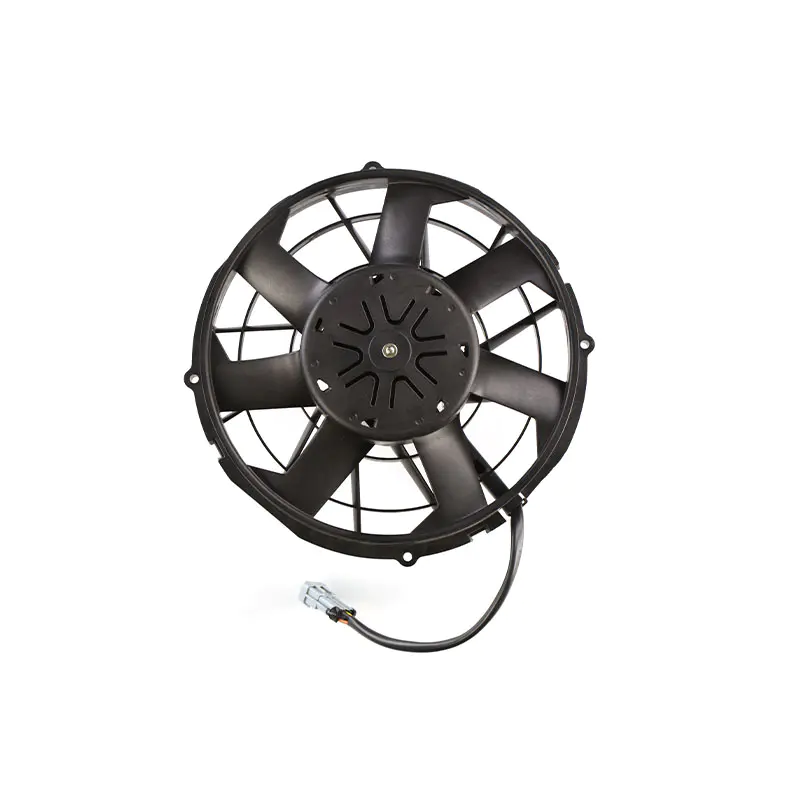Contact Us
Your email address will not be published. Required fields are marked *
What Affects the Durability and Lifespan of DC Axial Fans?
Nov 27, 2025What Determines Pressure Performance in EC Forward-Tilting Centrifugal Fans?
Nov 20, 2025What Factors Influence Energy Consumption in DC Axial Fans?
Nov 13, 2025How Do EC Forward-Tilting Centrifugal Fans Improve Airflow Stability?
Nov 06, 2025How Do DC Axial Fans Enhance Thermal Management Efficiency?
Oct 30, 2025Why DC Axial Fans Are Revolutionizing Industrial Cooling Systems?
Oct 23, 2025DC Axial Fans Explained: Efficiency, Durability, and Performance
Oct 16, 2025DC Axial Fans vs AC Fans: Which One Suits Your Needs?
Oct 09, 2025How to Choose the Perfect DC Axial Fan for Your Equipment?
Oct 02, 2025High-Efficiency and Low-Noise DC Brushless Axial Flow Fans Transform Industrial Cooling
Sep 25, 2025Enhancing Cooling Efficiency: The Role of High-Performance Tank Radiator Fans
Sep 18, 2025High Airflow Performance Redefines Tank Radiator Brushless Axial Fans
Sep 11, 2025
In industrial, electronic, and household applications, fans play a crucial role not only in cooling but also in maintaining device performance, lifespan, and energy consumption. When selecting the right fan, users often face the choice between DC axial fans and traditional AC fans.
Energy efficiency has become a critical consideration in modern device design. DC axial fans excel in this regard due to the high efficiency of their DC motors and wide speed control range. In contrast, AC fans typically use AC motors with relatively fixed power consumption and efficiency that fluctuates with load.
| Fan Type | Motor Type | Power Range | Efficiency | Speed Control |
|---|---|---|---|---|
| DC axial fans | DC Motor | 5–50 W | High | Precise |
| AC fans | AC Motor | 10–100 W | Medium | Limited |
As shown in the table, DC axial fans are particularly suitable for low-power applications, such as small electronic devices or precision instruments, effectively reducing energy consumption and extending battery life.
Power consumption not only affects energy costs but also impacts the heat generated by the fan itself. DC axial fans adjust their speed according to load, maintaining relatively low power even under full load. AC fans, however, consume power at a stable rate under high load, with cooling performance largely determined by rated power and fan size.
| Fan Type | Airflow (CFM) | Noise (dB) | Power (W) | Cooling Efficiency |
|---|---|---|---|---|
| DC axial fans | 20–150 | 18–35 | 5–50 | High |
| AC fans | 30–200 | 25–45 | 10–100 | Medium |
While AC fans may provide higher airflow in some cases, their power consumption and noise levels increase significantly. DC axial fans, through precise speed control, maintain efficient cooling while minimizing energy use and noise—a key advantage for office equipment, medical devices, and portable electronics.
With the rise of smart devices, fan control has become a critical metric. DC axial fans can achieve PWM (pulse-width modulation) control, allowing airflow to adjust dynamically based on device temperature, thus improving overall energy efficiency. AC fans usually require external inverters or controllers to achieve similar results, which can be less efficient and more complex.
| Control Method | Adjustable Range | Suitable Applications | Control Precision |
|---|---|---|---|
| DC axial fans | 0–100% | Electronics, Precision Tools | High |
| AC fans | 50–100% | Industrial Ventilation, Appliances | Medium |
For applications requiring precise cooling and quiet operation, DC axial fans offer a smarter and more energy-efficient solution, while AC fans remain suitable for constant-load, high-power ventilation scenarios.
Fan lifespan is closely related to energy efficiency. DC axial fans, with fewer moving parts and lower friction, have reduced wear and can maintain high efficiency over long periods. Additionally, their low-power design reduces heat stress on the motor, extending operational life. AC fans, on the other hand, may experience vibration and heat loss under high power, higher long-term maintenance costs.
| Fan Type | Typical Lifespan | Maintenance Needs | Total Cost |
|---|---|---|---|
| DC axial fans | 50,000–100,000 h | Low | Lower |
| AC fans | 30,000–60,000 h | Medium | Higher |
In industrial lines or data centers requiring continuous operation, choosing DC axial fans can significantly reduce operational and maintenance costs.
Considering energy efficiency, power consumption, speed control, and lifespan, DC axial fans offer clear advantages in low-power, smart, and quiet applications, while AC fans provide reliability under high, constant loads. Selecting the appropriate fan type should be based on device power requirements, cooling needs, and maintenance costs. For applications prioritizing energy savings, intelligent control, and long service life, DC axial fans are the choice. For cost-sensitive or high-load industrial environments, AC fans remain a stable and practical solution.
By comparing key metrics and reviewing tables, users and businesses can make more informed decisions, optimizing device performance and achieving a balance between energy efficiency and effective cooling.
Your email address will not be published. Required fields are marked *
Zhejiang Nicety Electric Machinery Co., Ltd. specializes in the production of four series of products: condenser electronic fan, radiator (water tank) fan, blower, and air conditioner assembly. Professional production American, European, Japanese, Korean And Domestic brand DC automotive axial fans.
Email: [email protected] / [email protected]
Tel: +86-0578-7125439 / +86 181 0658 9231
Address:No. 98, Guangda Street, Jinsha Industrial Zone, Longquan City, Zhejiang Province, China